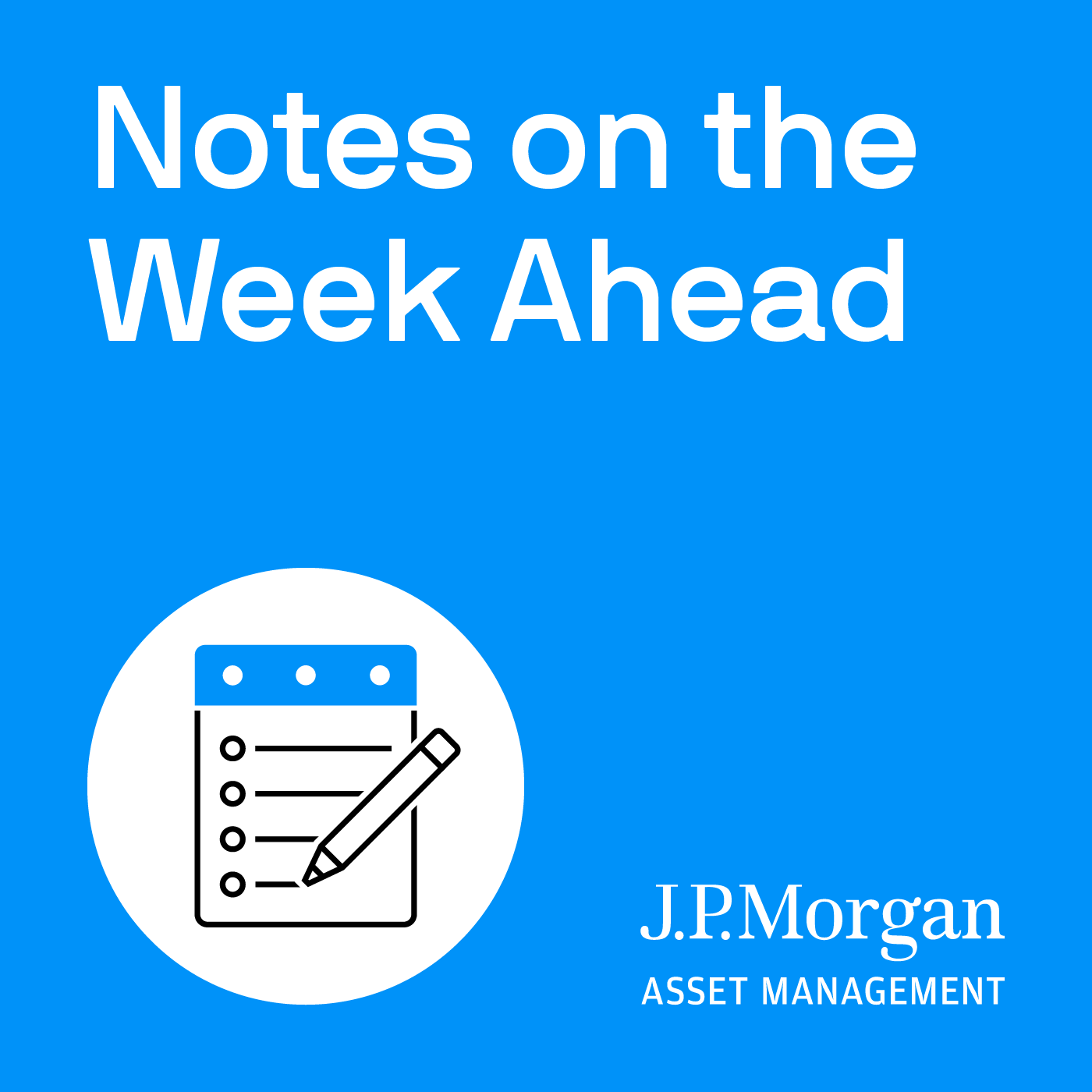
The Slowdown Scenario

Notes on the Week Ahead
Shownotes Transcript
We live at a time when extreme voices get the most attention and so it is tempting, following a string of weak economic numbers, to yell the word “recession”. However, a balanced assessment of demand and supply suggests that we are, thus far, merely transitioning to slower growth. A slower growth path is a more vulnerable one, particularly because excessive monetary ease is more likely to weaken than strengthen the economy in the short run. Nevertheless, barring some outside shock, the baseline scenario should be a slowdown scenario, even as volatile markets remind investors of the importance of diversifying and paying attention to valuations.
The mood on the economy has changed quite quickly. The economic headline from just 12 days ago was that real GDP growth had, yet again, surprised to the upside, coming in at a robust 2.8% for second quarter, well above the 2.1% consensus expectation. Since then, however, we have seen higher-than-expected weekly unemployment claims and weak readings on construction, durable goods orders, home sales and manufacturing activity. This was topped off, on Friday, by a softer-than-expected employment report, both in terms of payroll job gains and the unemployment rate.
